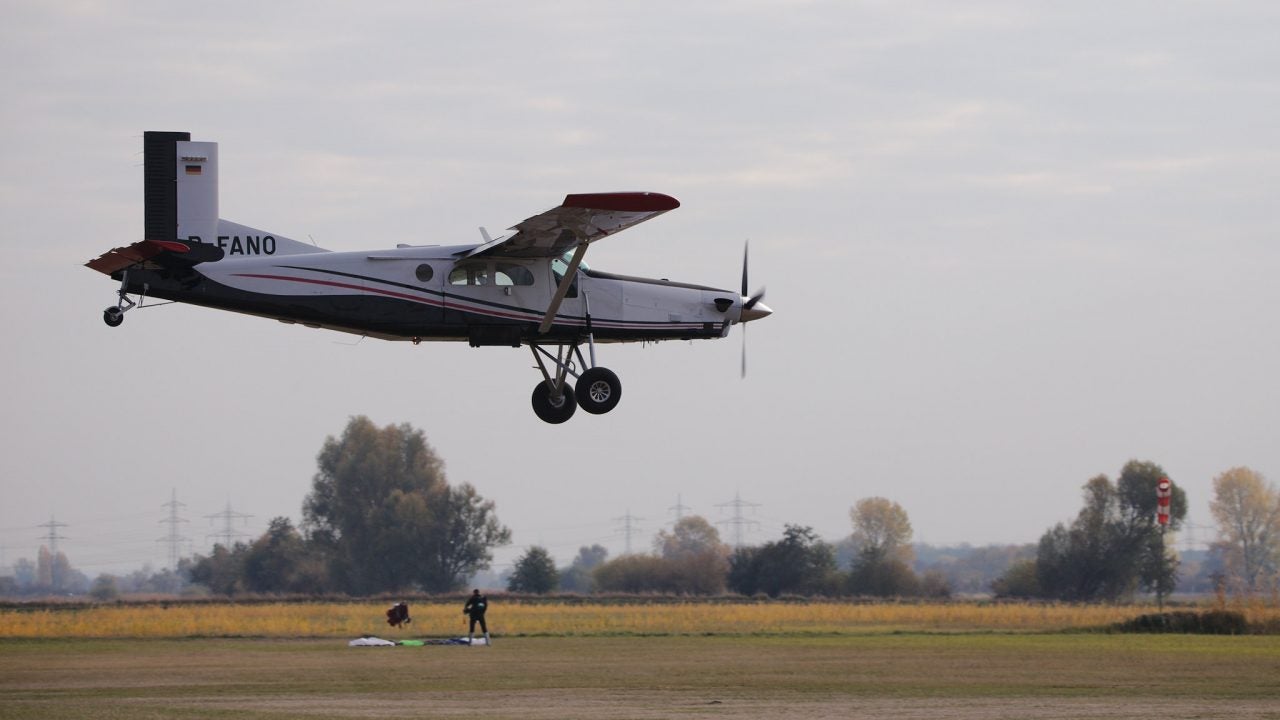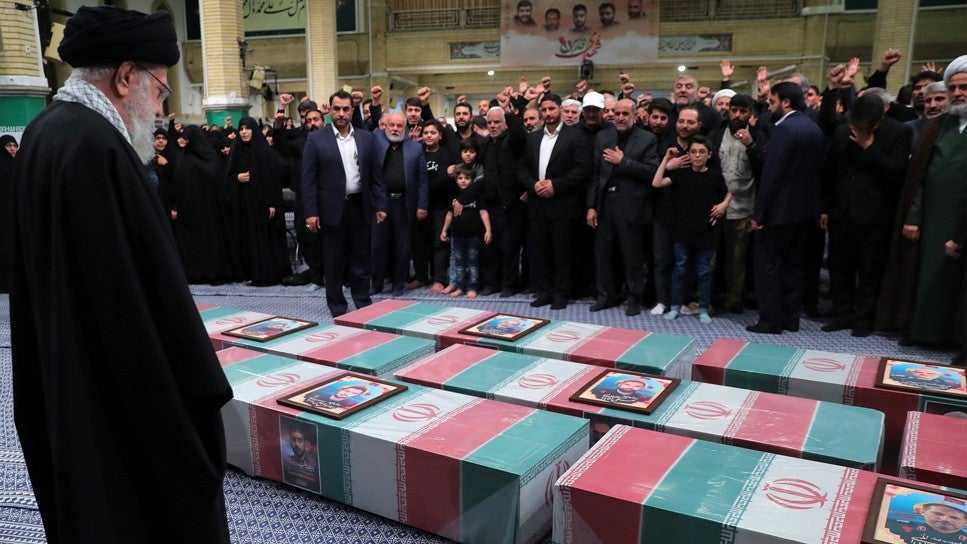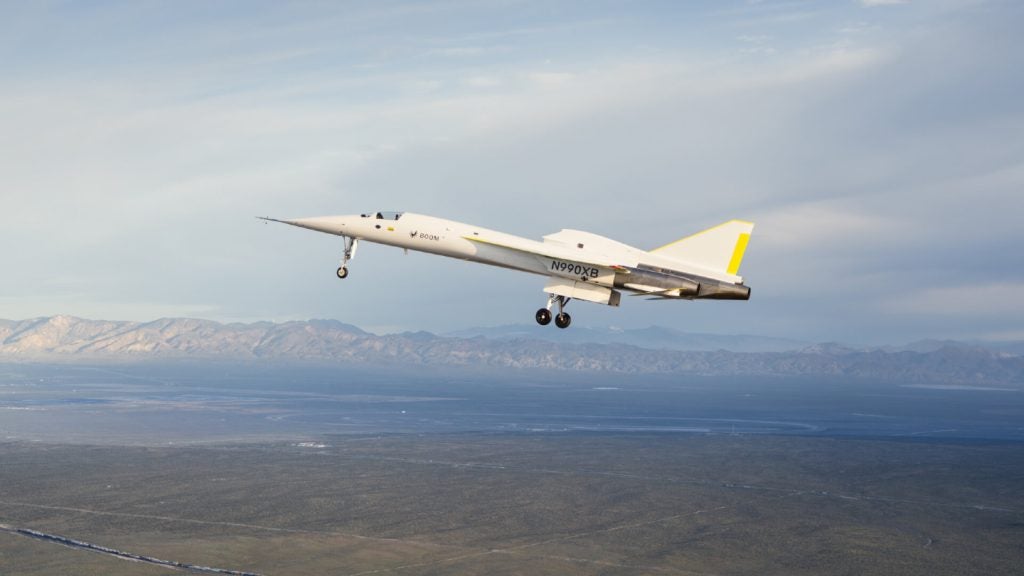
In April 2020, Belgian authorities seized almost 350kg of cocaine hidden on a flight arriving at Brussels International Airport from the Dominican Republic.
Custom officials believed that narcotraffickers from South America tried to smuggle as many drugs as possible before the worldwide implementation of lockdown measures to stop the spread of Covid-19.
The coronavirus-induced halt to international travel led to a retraction in global commerce, impacting legal and illegal businesses alike. But if the pandemic’s economic impact on legitimate trade can be easily assessed, understanding how much illegitimate trade coped with Covid-19 becomes much more difficult.
How has the pandemic impacted illegal trafficking?
According to a report by the UN Office on Drugs and Crime (UNODC), the measures put in place by governments had a homogenous effect on global drug trafficking, with countries reporting shortages at a retail level that led to an increase in price and reduction in purity.
How well do you really know your competitors?
Access the most comprehensive Company Profiles on the market, powered by GlobalData. Save hours of research. Gain competitive edge.

Thank you!
Your download email will arrive shortly
Not ready to buy yet? Download a free sample
We are confident about the unique quality of our Company Profiles. However, we want you to make the most beneficial decision for your business, so we offer a free sample that you can download by submitting the below form
By GlobalDataOrganised criminal groups, wrote RUSI associate fellow Martin Verrier, depended on high volumes of global trade to traffic illegal products amongst legal cargo.
With a reduction in global mobility, drug market prices went up exponentially, registering an increase between 100% and 300%. In New York, the price of methamphetamines tripled whilst similar patterns were seen in London for the price of cocaine.
The pandemic also had a different impact on smuggling, depending on how drugs were trafficked before. The supply of synthetic drugs, which were smuggled by air before Covid-19, was disrupted by the halt in global aviation, especially in countries in South-East Asia and Oceania.
Cocaine trafficking was also impacted, especially in Europe, where it’s mostly transported by air.
Another problem illegal organisations faced was delivering the product to the final consumers. According to Verrier – Argentina’s former drug enforcement deputy secretary of state and author of the RUSI report – that’s where the logistic chain broke.
“In a way, it became much easier to smuggle cocaine into the port but much harder to deliver drugs to the final consumers,” he explains. “This can be proved just by looking at the [increase] of cocaine price on the streets.”
The resurgence of drug flights
Like any other industry, trafficking operations resumed after initially being stalled, with cocaine producers among the first to bounce back.
Verrier explains that the methods used by producing countries to deliver drugs to transhipment countries differ from methods used by countries in the middle of the supply chain.
“What we are seeing in producing countries and transhipment countries in the Americas is that they’re increasingly using expensive jet aeroplanes,” he says. “[These] can fly almost 1,000kg of cocaine and [that amount] in the streets of [a country such as] the UK is [worth] almost ten times the cost of the aeroplane.”
“In Venezuela and Mexico, we are seeing an increasing use of these aeroplanes that can actually fly non-stop to Europe perfectly.”
These types of planes, which before were not usually adopted because of their cost, are now being used by the biggest players in the drug trafficking world.
“When I talk about big organisations, I’m talking about the Jalisco Nueva Generacion and the Sinaloa cartel [Mexican cartels] but also of the ‘Ndrangheta’ [an Italian drug trafficking organisation, historically operating in Naples and surrounding areas],” he adds.
“Most times, they are the ones involved in this type of operations because they get rid of the middleman and deliver directly to the buyer.”
The pandemic has also seen the resurgence of smaller aircraft, used by countries further down the logistic chain to transport cocaine from production to departure sites and consumption markets.
These flights – which became famous in the 1980s and 1990s when transporting cocaine from Latin American countries, such as Colombia to the US – feature only one pilot with no onboard equipment flying low to avoid being detected by radars.
Their ability to not be detected by radars is the main advantage these smaller aircraft have against bigger jets.
“The only way to detect those aeroplane types is through the use of airborne military radar,” says Verrier. “Regular military and civilian radars find it very difficult to detect this type of flights, especially when they are ultra-light.
“A very good pilot in a very light plane has very good chances of delivering drugs undetected.”
Despite the many advantages, light aircraft, such as the Cessna 150/52/72 and the Piper J-3/12/18/24, represent a safety threat.
“They do not have anti-collision safety systems and they either do not have or turn off their positioning system,” Verrier adds. “Also in many places, the operate near the commercial air space, [..] endangering commercial aviation.”
International cooperation and information sharing
One of the ways to contrast criminal organisation and drug trafficking is intelligence sharing, says Verrier. “Changing patterns in drug trafficking are getting quicker with time and countries should be much more aware of them,” he explains.
Intelligence programmes, such as the EU-funded COLIBRI Project, are already set in place and have produced positive results.
The programme is part of the World Customs Organisation’s attempt to contrast the growth of global drug trafficking with increased security. It aims to create a worldwide database on general aviation as well as a series of coordinated international operations targeting private, business and leisure aviation.
“COLIBRI was specifically designed to tackle this type of crime and this is essential.”
Increasing control on smaller airfields is also another important tool to combat illicit trafficking, as in many countries drug traffickers prefer their planes to land in small airfields, where international flights are subjected to looser controls.
The last measure that should be implemented, explains Verrier, is to properly train police forces around the world on how to handle specific crimes.
“Most times, police forces are not aware of [drug trafficking] methodologies and the fact that private aeroplanes are used to traffic drugs,” concludes Verrier. “You do have that type of training in airport police forces but you don’t have it in regular police forces, [who] most of the time are the ones operating in local airfields.”







